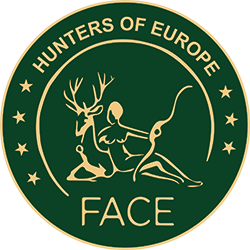
27 Nov 2025 What’s happening with Bird Flu?
The latest surveillance data show that this season’s wave of highly pathogenic avian influenza (HPAI) continues to spread across large parts of Europe. Between 6 September and 14 November 2025, more than 1,443 detections of HPAI A(H5) viruses were reported in wild birds across 26 European countries (link) — about four times higher than during the same period last year.
Avian influenza is putting pressure on both wild bird populations and poultry holdings, and raises concerns for wildlife health, farming, and rural communities. Despite the severity of the outbreaks, public health authorities continue to assess the risk to humans as low, except possibly for individuals with occupational or direct exposure to infected birds or contaminated environments.
FACE has been actively communicating key messages to Europe’s hunting community through our social media channels, including guidance on how hunters can help limit the spread of avian influenza.
Hunters are often present in wetlands and other areas shared with waterfowl — the species most likely to carry HPAI — and play a key role in early detection. Our messages continue to emphasise responsible behaviour in the field: avoiding contact with sick or dead birds, reporting any cases to relevant authorities, and maintaining strict hygiene after each outing, including keeping dogs away from potentially infected animals and avoiding collecting birds showing abnormal behaviour.
Hunters’ daily presence in nature provides valuable early-warning capacity, helping protect biodiversity and maintain healthy bird populations. FACE will continue to follow the situation closely and keep Europe’s hunting community informed.
Photo courtesy of Italian Hunting Federation (FIDC)

